Life
Sign up for our newsletter
We summarize the week's scientific breakthroughs every Thursday.
-
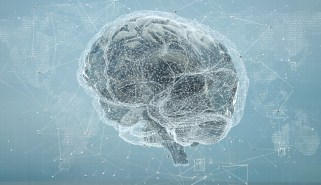 Neuroscience
NeuroscienceAn AI can decode speech from brain activity with surprising accuracy
Developed by Facebook’s parent company, Meta, the AI could eventually be used to help people who can’t communicate through speech, typing or gestures.
-
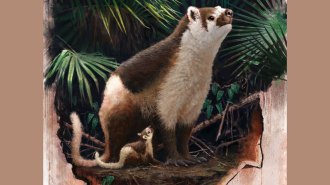 Paleontology
PaleontologyLiving fast may have helped mammals like ‘ManBearPig’ dominate
Staying in the womb for a while but being born ready to rock may have helped post-dinosaur mammals take over the planet.
-
 Plants
PlantsThe worldwide water-lifting power of plants is enormous
The energy used per year by the world’s plants to lift sap rivals the amount of energy generated by all hydroelectric dams, a new study suggests.
By Sid Perkins -
 Microbes
MicrobesMeet the fungal friends and foes that surround us
Keith Seifert’s book The Hidden Kingdom of Fungi explores how microfungi shape our world.
-
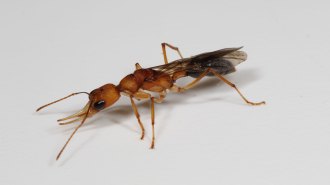 Animals
AnimalsA clever molecular trick extends the lives of these ant queens
Ant queens typically live much longer than their workers by blocking a key part of a molecular pathway implicated in aging, a new study suggests.
-
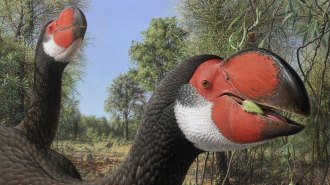 Life
LifeAncient ‘demon ducks’ may have been undone by their slow growth
Mihirung birds grew to more than half a ton and took their time getting there. That slow growth may have been a vulnerability when humans got to Australia.
By Jake Buehler -
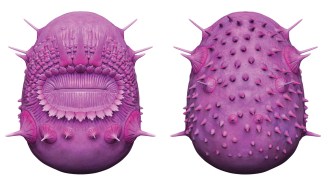 Paleontology
PaleontologyThis bizarre ancient critter has been kicked out of a group that includes humans
A wee sea creature without an anus was thought to be the oldest deuterostome. New imaging showing it had spines led to its reclassification.
By Anna Gibbs -
 Neuroscience
NeuroscienceCOVID-19 gave new urgency to the science of restoring smell
With newfound pressure from the pandemic, olfactory training and a host of other newer treatments are now getting a lot more attention.
-
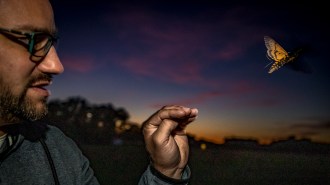 Animals
AnimalsHow death’s-head hawkmoths manage to fly straight for miles in the dark
By tailing death’s-head hawkmoths in an airplane, scientists have found that the nocturnal insects appear to navigate using an internal compass.
By Anil Oza -
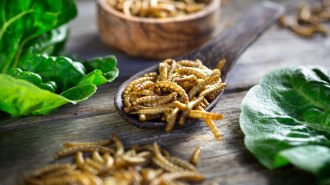 Science & Society
Science & SocietyA new seasoning smells like meat thanks to sugar — and mealworms
A spoonful of sugars could help cooked mealworms go down more easily, a potential boon for the planet.
By Anil Oza -
 Neuroscience
NeuroscienceSleep deprivation may make people less generous
Helping each other is inherently human. Yet new research shows that sleep deprivation may dampen people’s desire to donate money.
By Sujata Gupta -
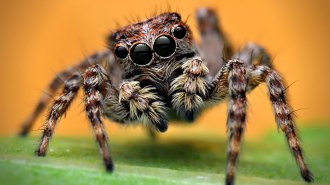 Animals
AnimalsNews stories have caught spiders in a web of misinformation
Nearly half of news stories about peoples’ interactions with spiders contain errors, according to a new analysis.
By Betsy Mason